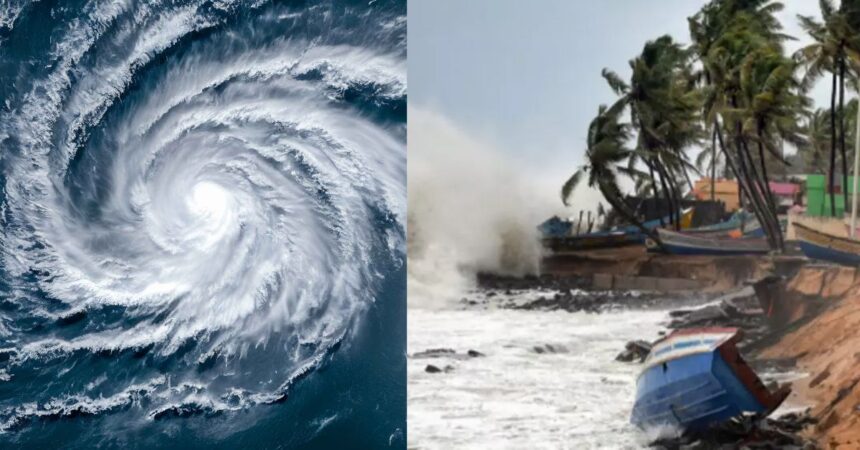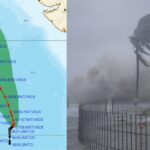Mumbai – As the country braces for the impending danger of Cyclone Biparjoy, it’s important to ponder how these destructive storms acquire their names. Today, we delve into the process and the individuals responsible for bestowing names upon these tempestuous natural phenomena.
The names assigned to cyclonic storms often elicit amusement due to their peculiar nature. Some examples include Bulbul, Katrina, Lisa, Hudhud, Palin, Nisarg, Larry, Amfan, and Nivar Toofan. The question naturally arises: How are these names decided upon?
Origin of Naming Practice
From the year 2000 onwards, India and its neighboring countries, including Bangladesh, Maldives, Myanmar, Oman, Pakistan, Sri Lanka, and Thailand, adopted the practice of naming cyclones. These countries have established a predefined list of names for cyclonic storms. Furthermore, the World Meteorological Organization, a specialized agency of the United Nations, has established guidelines for naming such storms.
Cyclonic Storm Names decided among these 13 Countries
The tradition of naming cyclonic storms in the Atlantic region commenced in 1953, while the Indian Ocean region adopted the practice in 2014. The eight countries in the Indian Ocean Region, namely India, Bangladesh, Maldives, Myanmar, Oman, Pakistan, Thailand, and Sri Lanka, participate in this process. Additionally, Iran, Qatar, Saudi Arabia, UAE, and Yemen joined in 2019.
When the possibility of a cyclonic storm arises, these 13 countries assign names in a predetermined sequence. For instance, Bangladesh named the Ockhi storm in 2017, while India named the storm that hit Somalia as Gati. Similarly, the name Biparjoy for the storm in 2023 was decided by Bangladesh.
Names Decided for the Next 25 Years
It is worth noting that these countries have already determined the names for cyclones over the next 25 years. India has selected names like Gati, Tej, Murasu, Aag, Neer, Prabhanjan Ghurni, Ambul Jaladhi, and Velocity. Bangladesh has chosen Arnab, Qatar Shaheen, and Bahar. Pakistan has decided on Lulu, and Myanmar has selected Pinku.
Naming Based on Speed
Moreover, the name assigned to a storm is influenced by its speed. A storm must have a minimum speed of 63 kilometers per hour to qualify for a name. A storm with wind speeds exceeding 118 kmph is classified as severe, while those surpassing 221 kmph are labeled as super cyclonic storms.
Understanding the process of naming cyclonic storms provides insight into the collaborative efforts of multiple countries and the significance placed on tracking and identifying these powerful weather phenomena.














